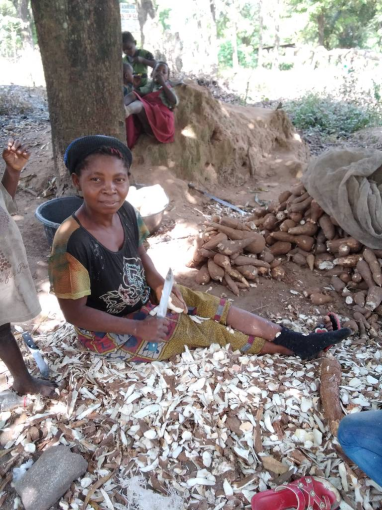Insights
Explore our latest news and publications, documents, and resources related to the work of the EAP.

Pilot Updates
March 8, 2023
This press release originally appeared on Prado Power’s website. Prado Power is a member of the Energizing Agriculture Programme’s Agriculture-Energy Innovation Accelerator and their team writes here about a minigrid project they recently commissioned in collaboration with a consortium of partners.

Insights
February 11, 2023
A 2020 Power Africa study found immediate opportunity to initiate and scale the productive use of energy from Nigerian minigrids by electrifying three prevalent agricultural processing activities: rice milling, grain flour milling, and cassava grating.

Announcements
March 31, 2022
The Nigerian Rural Electrification Agency, in collaboration with RMI and supported by the GEAPP, launches the Energizing Agriculture Program to catalyze economic development and improve rural livelihoods in Nigeria through linking minigrids and agricultural productivity.